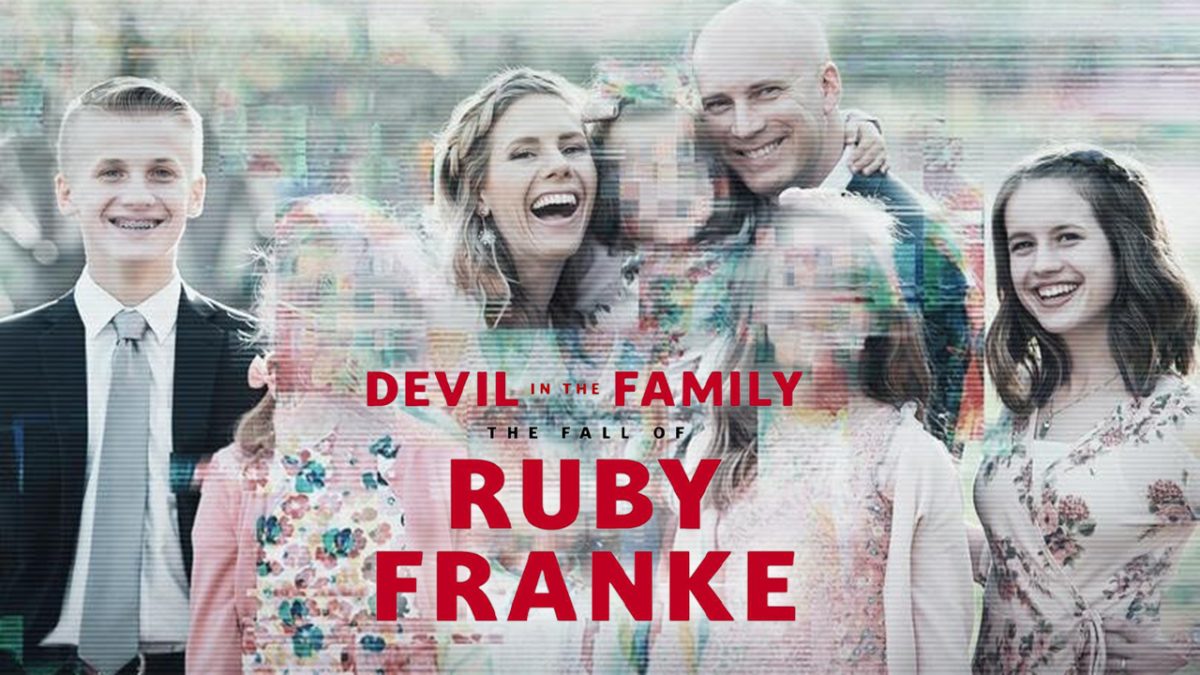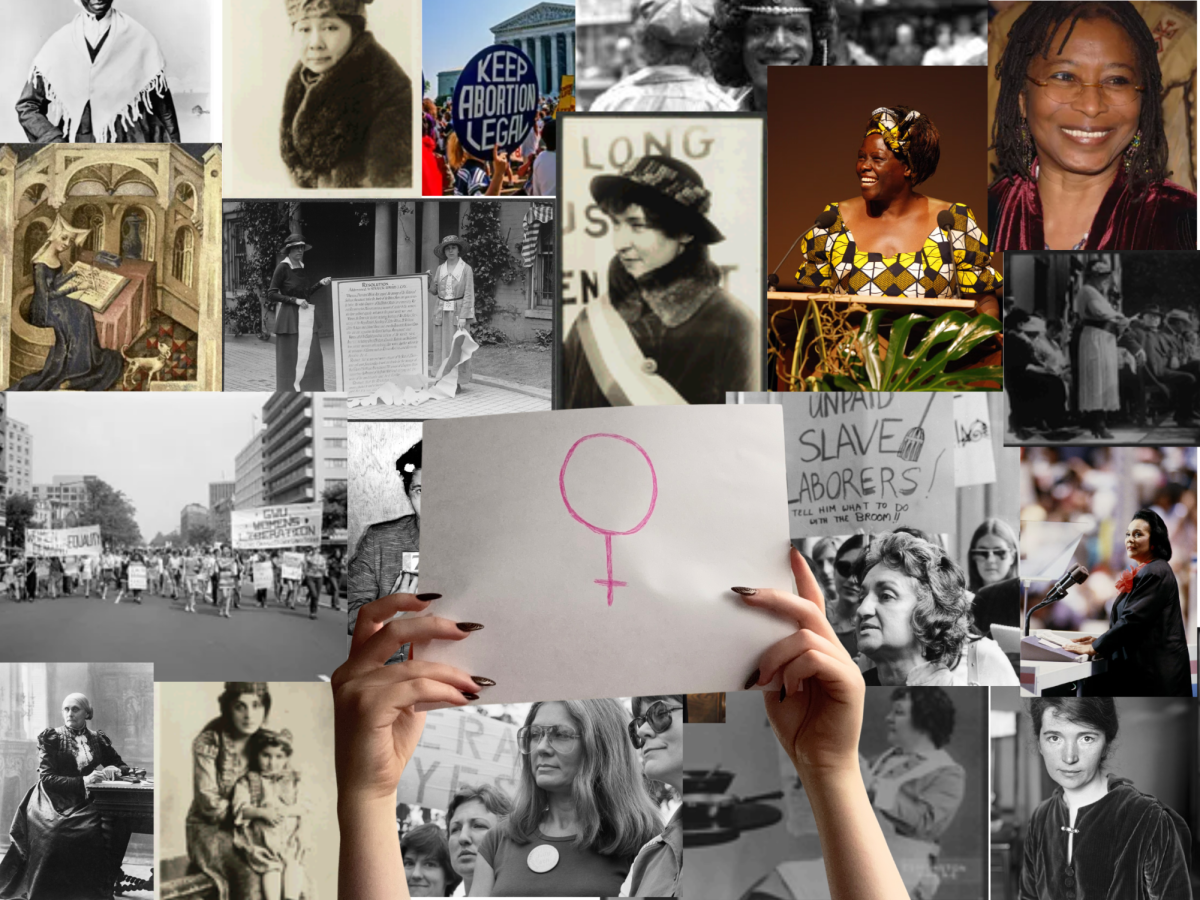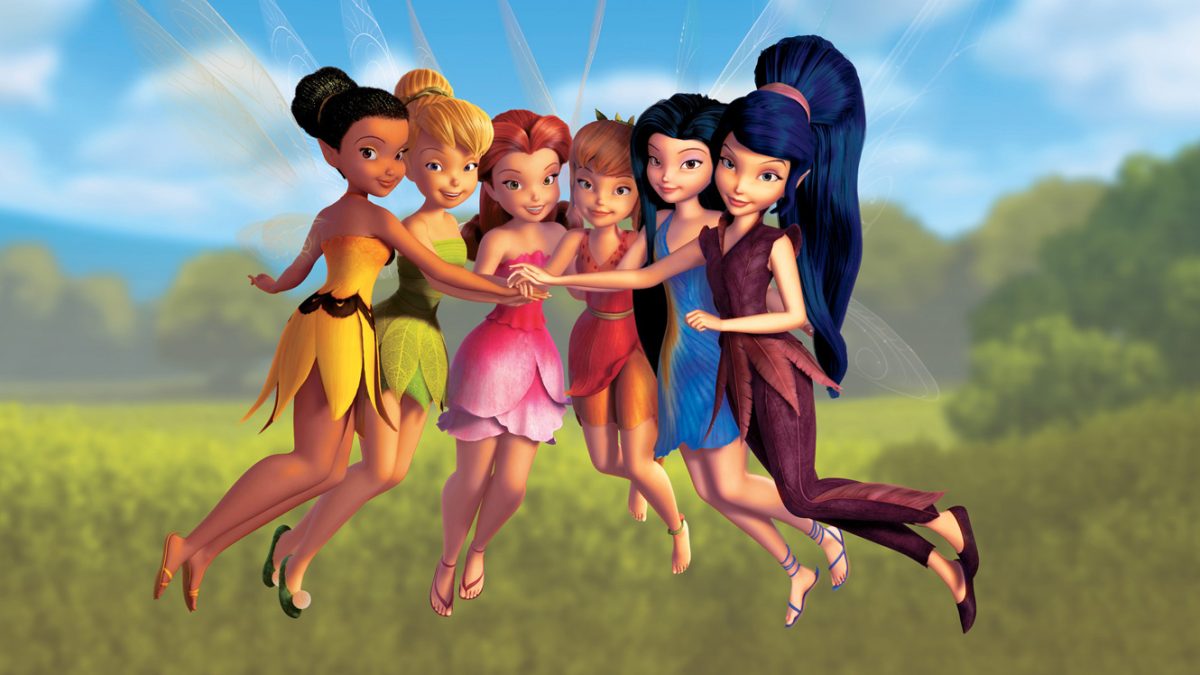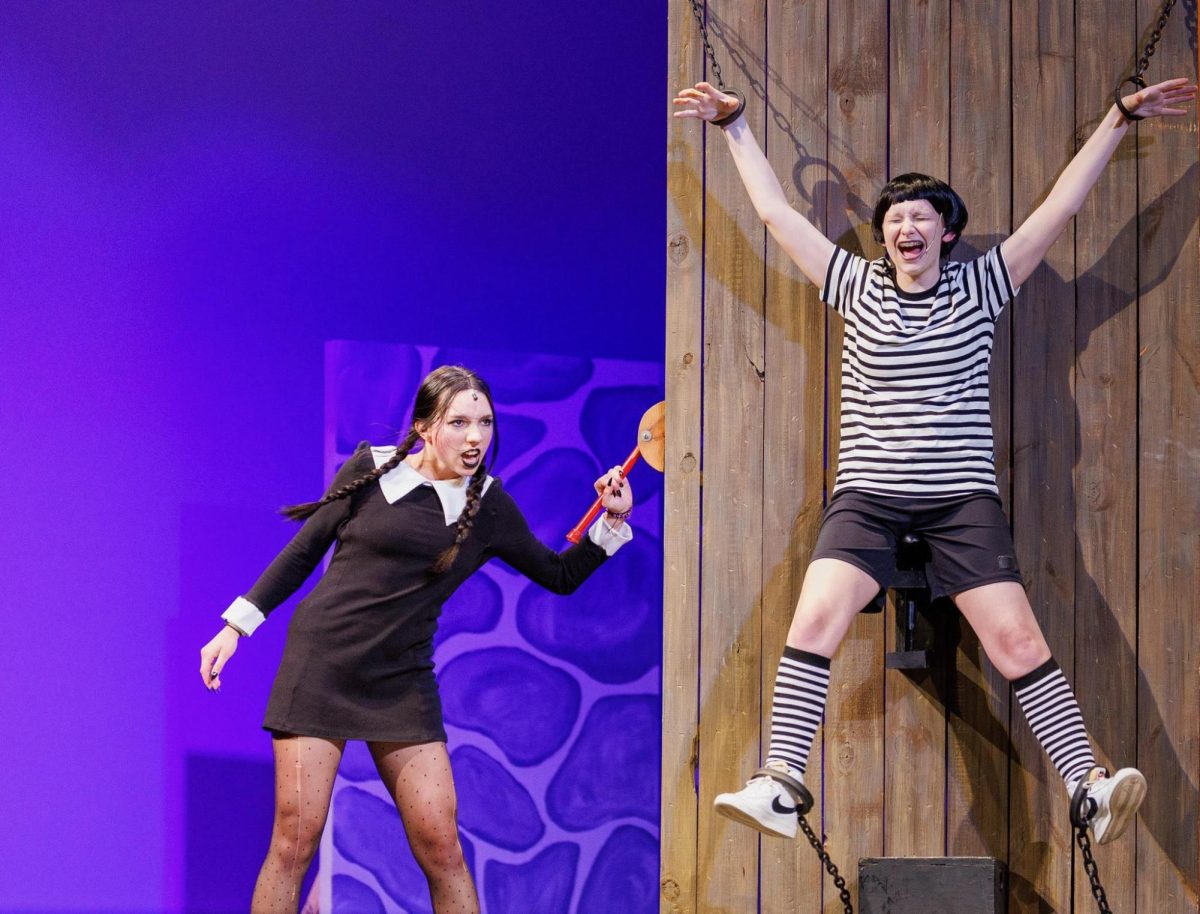The early 2000s and 2010s modernized a genre of media known as reality TV. Teens and young adults alike enjoy binge watching these shows because of the extreme amount of drama. The compelling angles and varying perspectives allow audiences to form their own thoughts and share their opinions on social media. As the shows gain popularity, viewers wonder which ones represent the drama that they lack in their day-to-day lives.
“Keeping Up with the Kardashians” focuses on a rich family in Los Angeles, California; members include Kris Jenner, Caitlyn Jenner, Kourtney Kardashian, Kim Kardashian, Khloe Kardashian, Kendall Jenner and Kylie Jenner. The show monitored the family as they grew up and became internet personas. In adulthood, the girls start multi-million dollar brands such as Kylie Cosmetics and Skims. Eventually, the girls expanded their abilities by taking on roles such as lawyers or mothers. The show evolved into a major hit and influenced the Kardashians to produce a second show, “The Kardashians,” which monitors how the girls balance their separate family and business lives. As one of the 2010s’ popular reality shows, “Keeping Up with the Kardashians” heavily influenced producers to start different series that monitored average people’s lives. Audiences believe that the show provided a template for future reality TV shows such as the “D’Amelio Show” which follows popular TikTok influencers.
- “Survivor”
“Survivor,” a competition reality show, follows a group of people who live on an abandoned island for as long as it takes to win. They survive in groups and gather food and water to stay alive since the show does not provide these necessities. As the show continues, contestants vote each other off in a Tribal Council after a series of group competitions. If a participant finds an idol, a pocket sized talisman, they could gain immunity for that voting round. As the rounds continue, people leave the tropical island and the competition narrows down to one final survivor. The last person standing wins one million dollars, intriguing the audience as they wonder who will win. With 47 seasons and 715 participants, the show remains relevant and will continue running until further notice.
“Dance Moms” depicts the lives of dancers at the Abby Lee Dance Company (ALDC) in Pittsburg, Pennsylvania. Known for its drama, the show revolves around the dancers’ moms’ relationships with Abby Lee Miller, owner of the ALDC, and how the moms’ behavior impacts their kids’ opportunities on the elite dance competition team. Each week, the children memorize a group dance and certain individuals earn a solo. At the end of the week, they attend a competition where they expect to place first. Unfortunately for the other dancers, Miller favors student Maddie Ziegler when awarding the kids with opportunities. Abby’s unique teaching style involves harsh critiques and a pyramid system. Maddie ends up on top of the pyramid nearly every week, leaving moms distraught over the unfair advantages she obtained. The show keeps the viewers on their toes as the drama heightens throughout the seasons.
“I started watching Dance Moms because I saw YouTube videos of juicy episodes where kids were crying and parents were fighting with Abby and the moms so I decided to watch it. I like “Dance Moms” because it has a realistic aspect to it. The drama isn’t boring and there’s a lot of it. Most of the time the drama is unnecessary which makes it funnier to watch,” freshman Monica Lamb said.
“Love Island U.S.A.” follows a group of single people in a private villa in Fiji as they try to find love. Contestants live on the island for eight weeks and the winning couple takes home the $100,000 along with the public’s approval. Throughout the show, the participants pair up and try to find their perfect match. As the show advances, new contestants, or bombshells, join the villa to try and throw off the balance of couples. When new people join, the villa contains an uneven number of men and women which results in a re-coupling. The re-couplings cause drama between the islanders and help the audience form opinions on the participants. At a certain point in the show, the public can vote for their favorite couple and decide who becomes at risk of leaving the villa. The voting allows the islanders to understand what the audience thinks of them and become aware of who the viewers favor. In the finale, the audience votes for the winners of the competition. The show remains a people’s favorite after the sixth season because of the dramatic and entertaining factor of never leaving the villa. It allows the audience to sense the thick tension between the islanders who like each other and dislike each other.
“I started watching “Love Island” over summer break because I was getting bored and had seen people on TikTok talking about the new season and how interesting it was. By the time I started watching it, they were almost done filming the season so I binge watched almost all the episodes in three days. I would say I like “Love Island” because it is just an easy watch. It’s entertaining but not super stressful to watch and it’s super easy to get invested and attached to all the characters in a way that makes you want to keep watching,” magnet senior Claire Shelton said.
Similar to “Love Island U.S.A.,” “Too Hot to Handle” places ten hot singles on an island villa to win a $100,000 prize. When joining the island, participants believe that the series will exercise the standard pretenses of a typical dating show; however, it does not. To win the money, the participants cannot engage in any kissing or excessive touching. The rule helps the islanders create a deep, genuine connection. As the contestants unravel the rules, their cash prize decreases. To narrow down the competition and keep the prize money high, islanders participate in multiple challenges and activities to test their emotional involvement and self-discipline. When the show moves on, contestants gradually leave the island if they do not fit in with the group dynamics or do not form a connection with another islander. The format of the show helps viewers remain intrigued as the men and women uncover their struggles and celebrate their successes.
Reality TV branched into different genres from the early 2000s to present day. The emergence of dating shows, “keeping up with the family” shows and competition series helped the genre reach a wider range of viewers. The genre thrives and will continue to pique the interest of society, pushing reality TV to become a main form of entertainment.

















